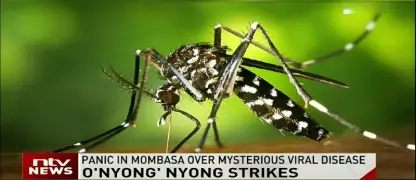Mayaro Virus Fever is a mosquito-borne illness causing fever, rash, and joint pain. Understanding symptoms, transmission, and prevention can help reduce risks effectively.
What are the main causes of Mayaro Virus Fever?
- Mayaro Virus Fever is primarily transmitted through the bite of infected Haemagogus mosquitoes, commonly found in tropical forested areas of South America.
- Direct contact with infected animals or humans is rare but may contribute to localized outbreaks in rural communities.
- Environmental factors such as standing water and dense vegetation increase mosquito populations, elevating the risk of Mayaro Virus Fever transmission.
Key symptoms of Mayaro Virus Fever to watch for
- High fever and severe joint pain are common early signs, often resembling other mosquito-borne illnesses like dengue or chikungunya.
- Headaches, muscle aches, and fatigue typically develop within a week of infection, affecting daily activities and overall wellbeing.
- Skin rash and mild gastrointestinal symptoms, including nausea and diarrhea, may occur in some patients during the acute phase.

>>>Learn more: Colorado tick fever symptoms causes and treatment tips
How can you prevent Mayaro Virus Fever effectively?
- Avoid mosquito bites by using repellents, wearing long-sleeved clothing, and installing mosquito nets in endemic regions.
- Eliminate mosquito breeding sites by removing standing water from containers, gutters, and natural water reservoirs around living areas.
- Stay informed about local outbreaks and follow health authority recommendations, including vaccination updates if available in your area.
>>>Learn more: Understanding herpetic keratitis (Eye Herpes) symptoms
Image description of Mayaro Virus Fever
Mayaro Virus Fever is a mosquito-borne viral infection causing fever, joint pain, headaches, and rashes. It mainly affects people living near forested tropical regions.








>>>Learn more: Epidemic Keratoconjunctivitis causes symptoms and care
Awareness of Mayaro Virus Fever symptoms and preventive measures is crucial. Early detection and proper care can protect you and your loved ones from serious complications.






